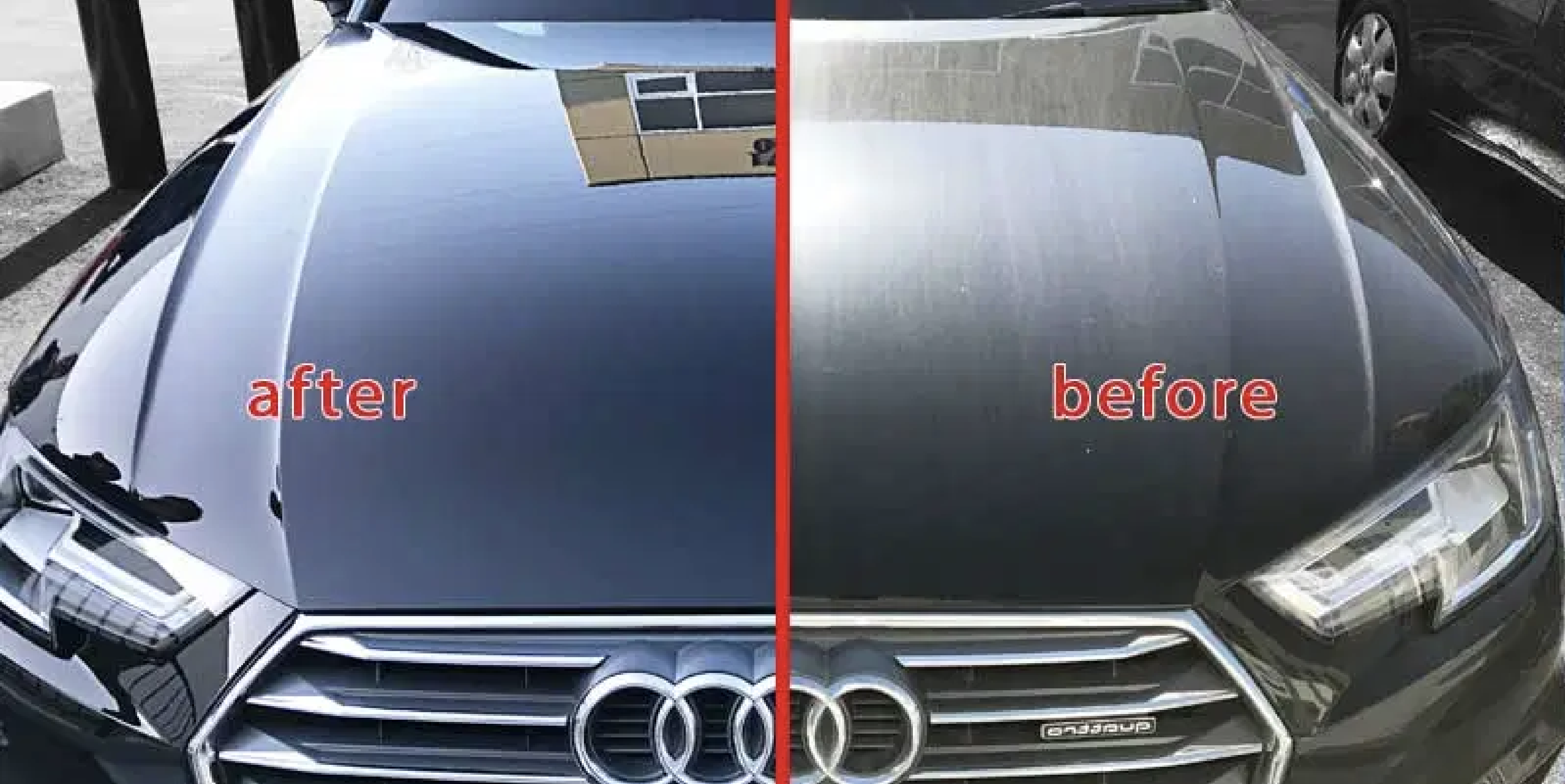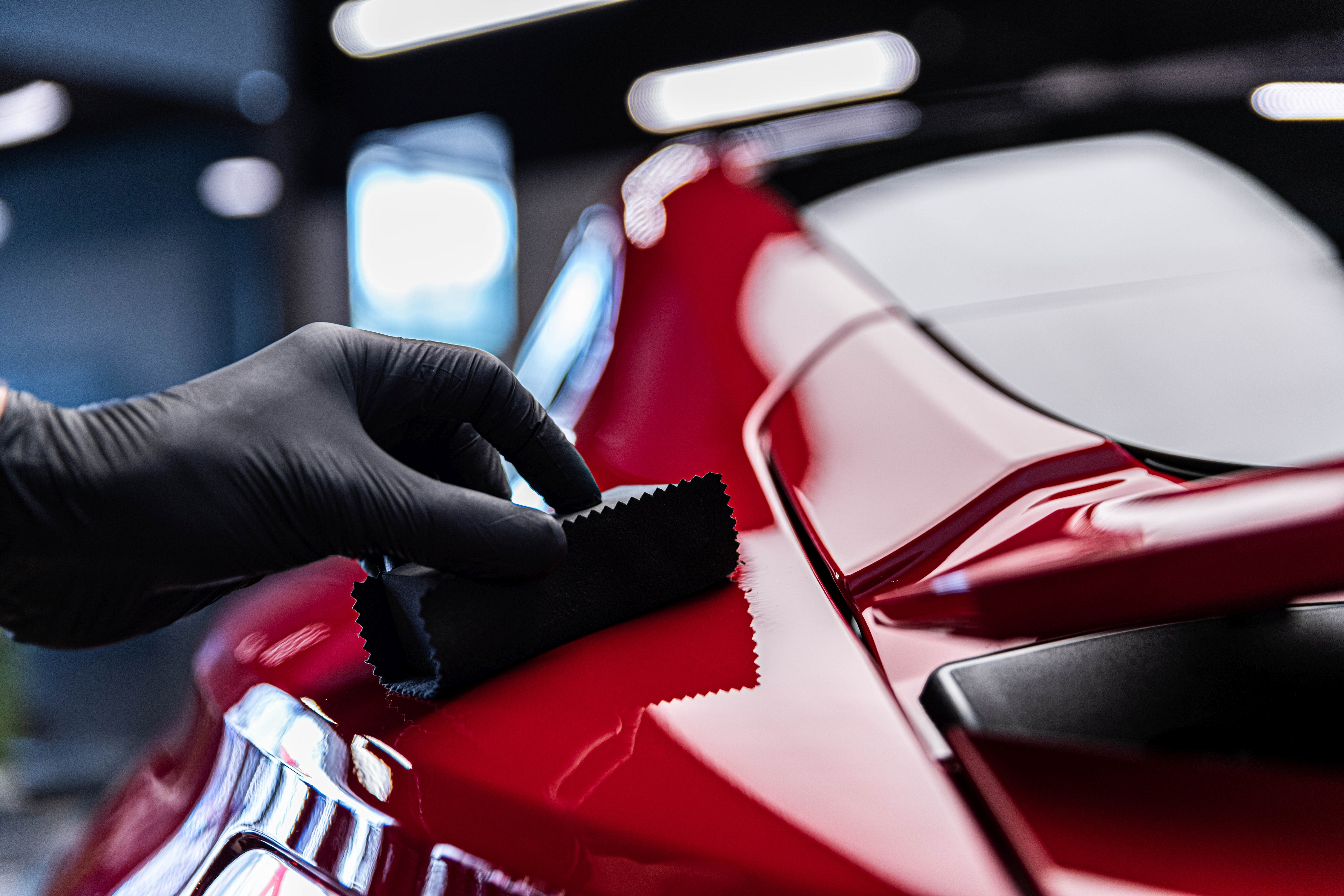A Comprehensive Guide to the Sorts Of Ceramic Layer on the Market
Ceramic layers have arised as a pivotal service across numerous industries due to their distinct buildings and applications. As we discover the unique characteristics and applications of these layers, the ramifications for performance and long life come to be significantly apparent, elevating concerns concerning which type might best match your demands.
Recognizing Ceramic Coatings
Ceramic finishings are sophisticated safety services that have obtained appeal in numerous sectors, particularly in vehicle and aerospace applications. These coatings include a liquid polymer that, when treated, develops a resilient, hydrophobic layer externally of the substratum. This layer supplies enhanced resistance to ecological contaminants, UV radiation, and chemical exposure, consequently extending the life and aesthetic appeal of the underlying material.
The basic part of ceramic layers is silica, which adds to their solidity and sturdiness. The application process commonly entails surface area preparation, application of the covering, and curing, which can be attained with warmth or UV light. When cured, ceramic layers display phenomenal bonding buildings, enabling them to stick strongly to a selection of surfaces, including steels, plastics, and glass.
In enhancement to their safety attributes, ceramic finishings also offer ease of upkeep. Their hydrophobic nature decreases the adherence of dirt and grime, making cleansing easier and much less constant. Overall, the adoption of ceramic coverings stands for a substantial advancement in surface protection modern technology, providing both practical and visual benefits throughout numerous fields.
Sorts Of Ceramic Coatings
Numerous kinds of ceramic coverings are readily available, each made to fulfill particular performance demands and applications - Paint Protection Film. The most typical types consist of:
Silica-based Coatings: These coatings mostly are composed of silicon dioxide and are understood for their longevity and chemical resistance. They are extensively used in vehicle and industrial applications.
Titanium Dioxide Coatings: Renowned for their photocatalytic residential or commercial properties, titanium dioxide coverings are often used in environments where self-cleaning and antifungal residential properties are desirable, such as in building products and auto coatings.
Zirconia Coatings: Characterized by their high-temperature stability and thermal resistance, zirconia coatings are made use of in applications such as generator engines and high-performance automotive parts.
Alumina Coatings: Displaying excellent firmness and thermal stability, alumina coatings are frequently used in wear-resistant applications, including cutting devices and commercial equipment. - scratch repair sarasota
Crossbreed Coatings: Integrating the residential or commercial properties of various materials, crossbreed finishes supply boosted efficiency qualities, making them ideal for distinct and requiring applications.
Each kind of ceramic coating serves unique objectives, enabling customers to choose one of the most suitable option based upon details environmental conditions and efficiency requirements.
Advantages of Ceramic Coatings
Coatings play an important function in enhancing the efficiency and Source long life of surfaces throughout various sectors. Ceramic coatings, specifically, deal countless benefits that make them significantly prominent among makers and customers alike. One of the main benefits is their phenomenal sturdiness. These finishes are immune to scrapes, chemicals, and UV rays, making sure that the underlying surface area remains protected with time.
Along with longevity, ceramic layers supply exceptional hydrophobic buildings, allowing for easy cleaning and upkeep. This water-repellent nature reduces the adherence of dust, gunk, and other impurities, which can prolong the aesthetic charm and capability of the surface. Ceramic layers can significantly improve thermal resistance, making them ideal for applications that sustain high temperature levels.

Application Refine
When using ceramic finishes, a meticulous technique is important to attain optimum results. The application process normally starts with comprehensive surface area preparation. This includes washing, decontaminating, and brightening the surface to remove all impurities, her latest blog including dust, grease, and prior waxes or sealers. A tidy surface area guarantees appropriate adhesion of the finishing.
When the surface area is prepped, the following step is to use the ceramic covering. This can be done using an applicator pad or a microfiber cloth, guaranteeing also coverage. It is critical to operate in little areas to keep control and stop premature curing. The finish must be used in slim layers, as thicker applications can bring about irregular finishes.
After application, the covering calls for a certain healing time, usually varying from a few hours to a complete day, depending on the product. Complying with these steps vigilantly will make the most of the performance and longevity of the ceramic coating, supplying a durable protective layer for the surface.
Maintenance and Longevity
To make sure the long life and effectiveness of a ceramic finishing, regular maintenance is vital. Ceramic coverings, known for their longevity and safety top qualities, call for particular care regimens to maximize their life-span and efficiency. The primary step in maintenance involves routine cleaning with pH-neutral soap, avoiding rough chemicals that can degrade the coating. It is a good idea to wash the car routinely, ideally every 2 weeks, to avoid the accumulation of contaminants that can compromise the finishing's stability.
Along with regular washing, periodic assessments are crucial. her comment is here Seek signs of wear or damage, such as hydrophobic residential or commercial properties decreasing or surface area blemishes. If needed, a light polish may be used to invigorate the finishing without stripping it away.
In addition, the application of a booster spray can improve the finish's hydrophobic impacts and recover its gloss. This is particularly beneficial for layers that have actually remained in usage for an extensive period. Ultimately, by adhering to these upkeep practices, one can significantly prolong the life of a ceramic finish, making sure that it remains to offer ideal security against ecological variables and maintain the aesthetic allure of the car.
Verdict
